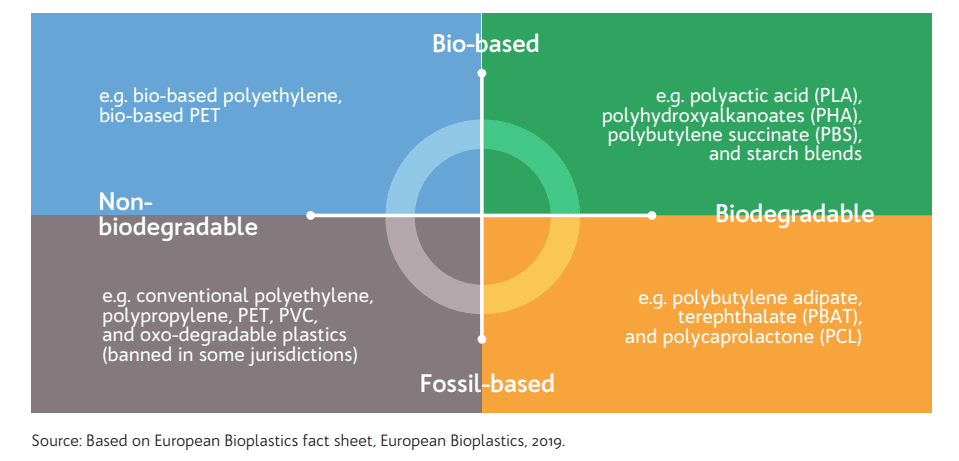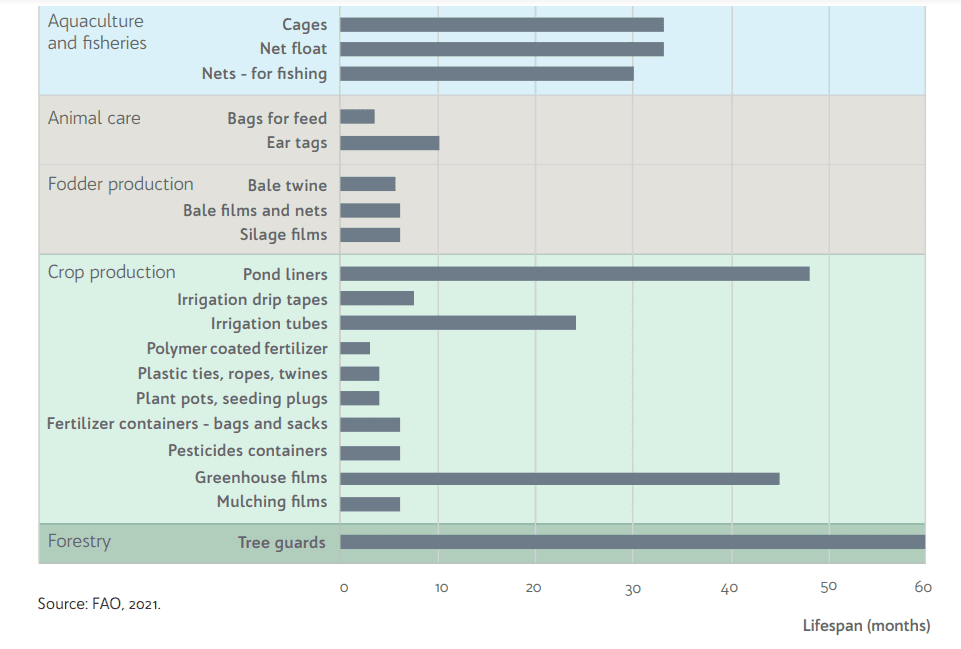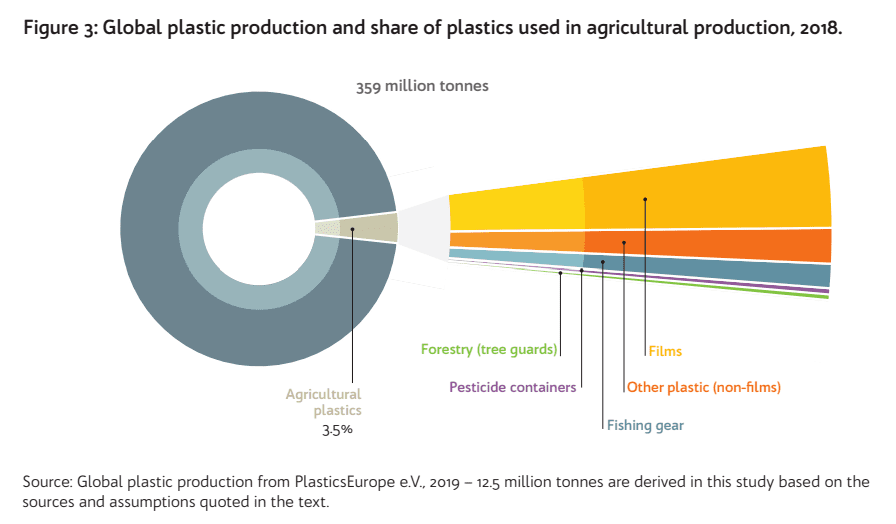Last year the Food and Agriculture Organization of the United Nations released the report Assessment of Agricultural Plastics and Their Sustainability: A Call for Action, which presents the results of a global study of the different value chains in which This report presents the results of a study of agricultural plastic products used in different value chains around the world.
The study assessed the types and quantities of plastic products and weighed the pros and cons. For products assessed as having a high potential for harm to human and ecosystem health or poor end-of-life management, sustainable alternative products or practices were identified.
The report is based on data from peer-reviewed scientific papers, studies by governmental and non-governmental organizations, and industry experts, including relevant trade bodies. The report's recommendations were validated in an extensive consultation and review with FAO and external experts. The authors hope that this study will contribute to the discussion on the use of plastics in agriculture and ultimately encourage action to reduce the harm caused by plastics to human health and the environment.




Plastics have become ubiquitous since their widespread introduction in the 1950s. Their properties, functionality, and relatively low cost have made them the polymers of choice for the creation of an extensive range of products, thereby helping transform food value chains, as well as massively increasing consumer choice. At present, it would be difficult to envisage living without plastics in some form or another.
Agriculture broadly covers the growth and production of plants and animals for human use, either as food to feed a growing global population, or for fibres, fuels, or medicines. It includes crop and livestock production, forestry, fisheries and aquaculture.
Modern agricultural practices employ a wide range of plastic products to help improve productivity, such as:
• mulch films – to reduce weed growth, evaporative water losses, the need for pesticides, fertilizer and irrigation, whilst also enhancing plant growth;
• tunnel and greenhouse films and nets – to protect and enhance plant growth, extend cropping seasons, and increase yields;
• irrigation tubes and driplines – to optimize water use;
• bags and sacks – to transport seeds and fertilizers to nurseries and fields;
• silage films – to aid fermentation of biomass for animal fodder and avoid the need for storage buildings;
• bottles – to transport liquid pesticides and fertilizers to nurseries and fields;
• coatings on fertilizers, pesticides and seeds – to control the rate of release of chemicals or improve germination;
• non-woven protective textiles or “fleece” – to protect crops from extreme cold and/or sunlight;
• fruit protectors – bags, sheaths, and nets, sometimes impregnated with pesticides to cover and protect fruit from insect and weather damage;
• plant protectors – to protect young seedlings/ saplings against damage by animals and provide a microclimate that enhances growth (e.g. tree guards in forestry); and
• nets, ropes, lines, traps and enclosures – to catch and farm fish and other aquatic species.

